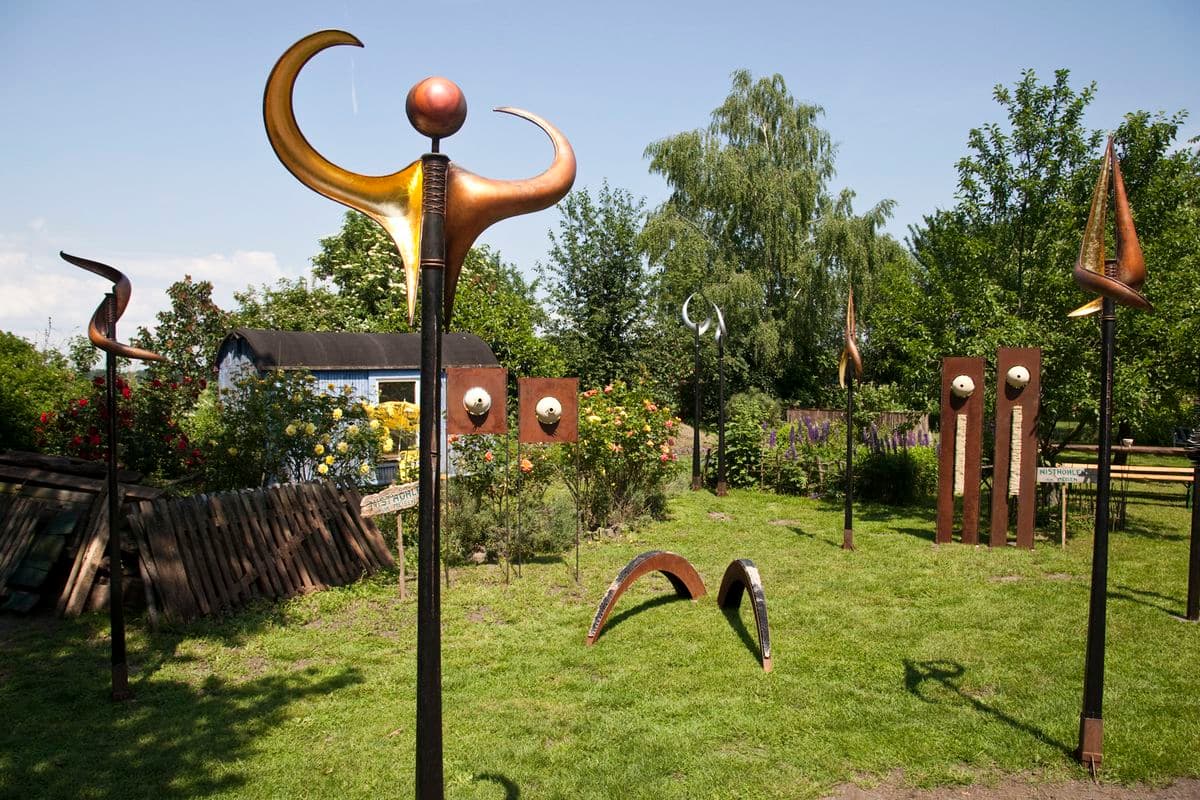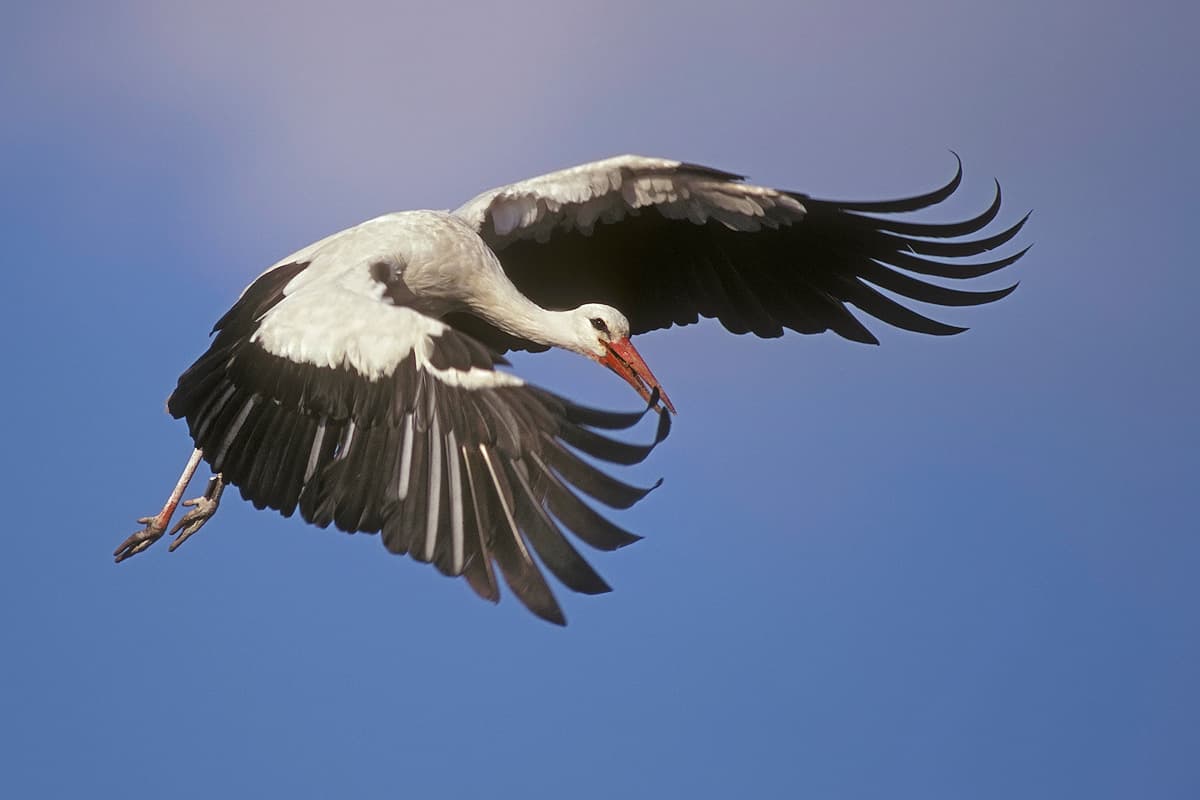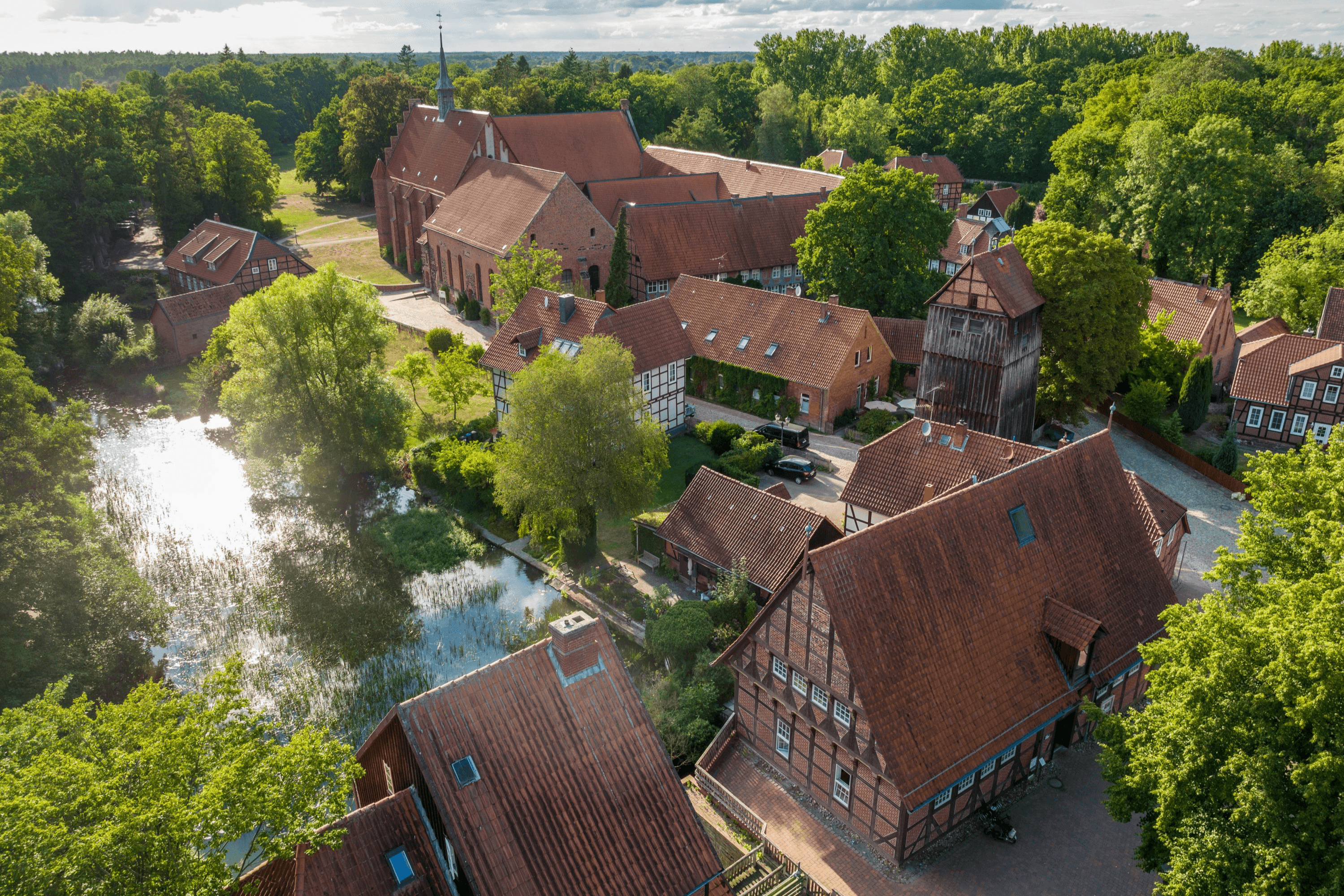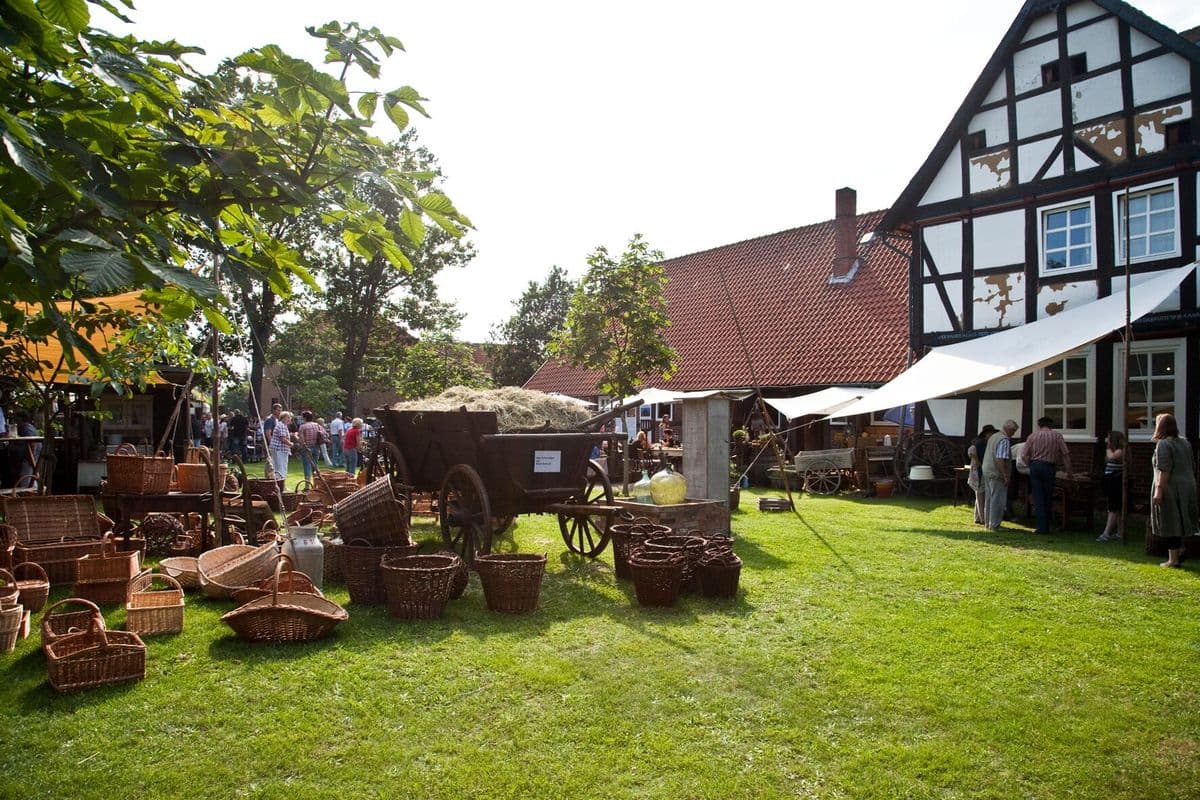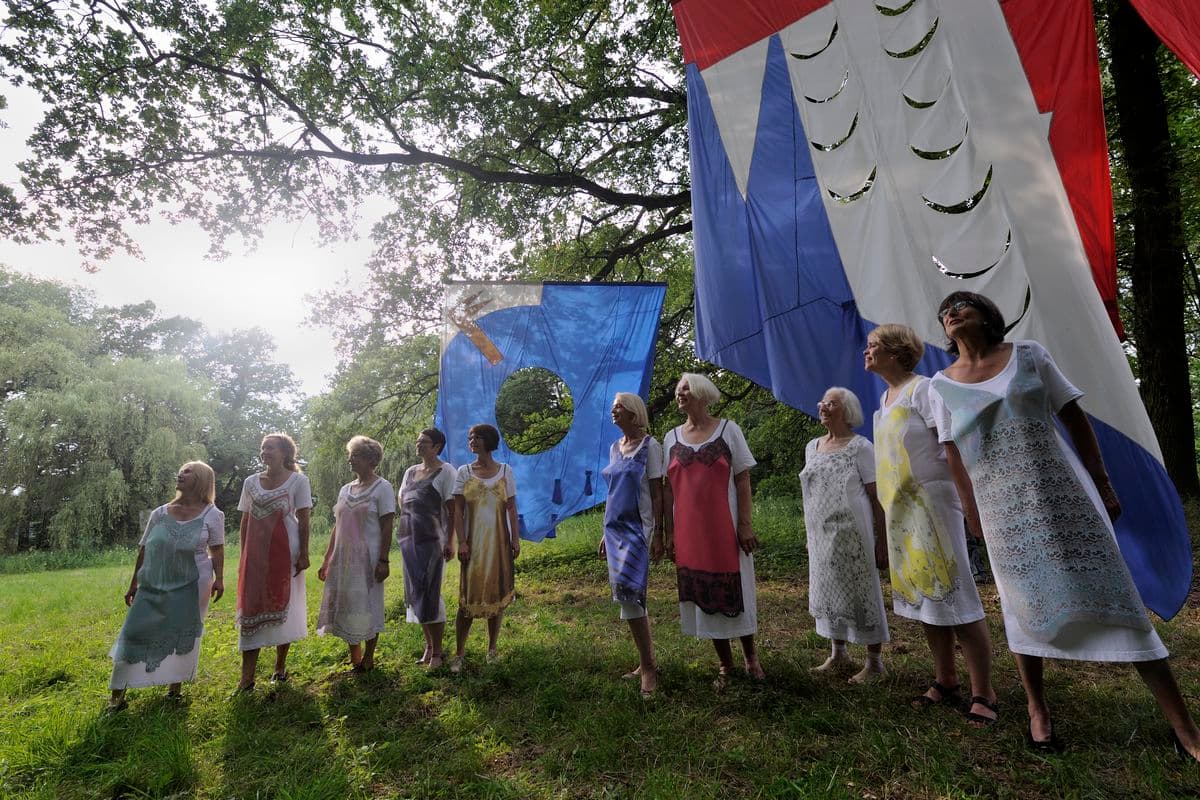
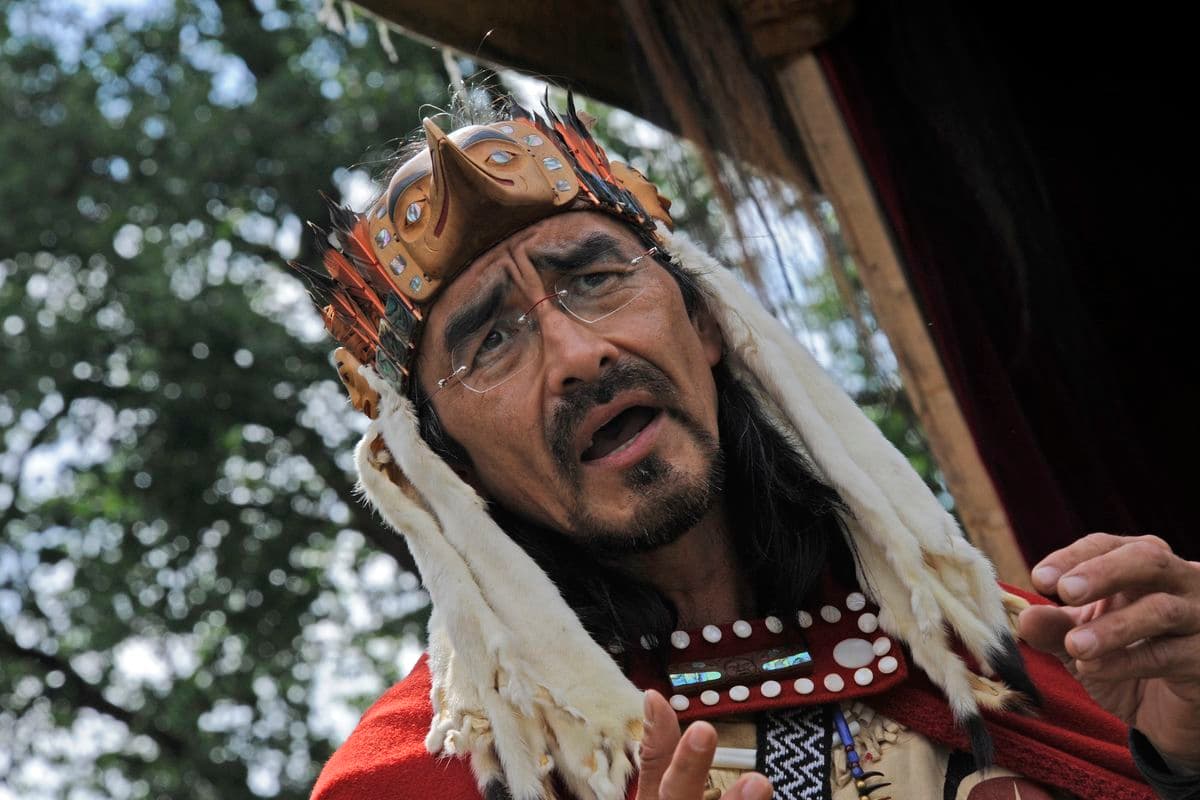
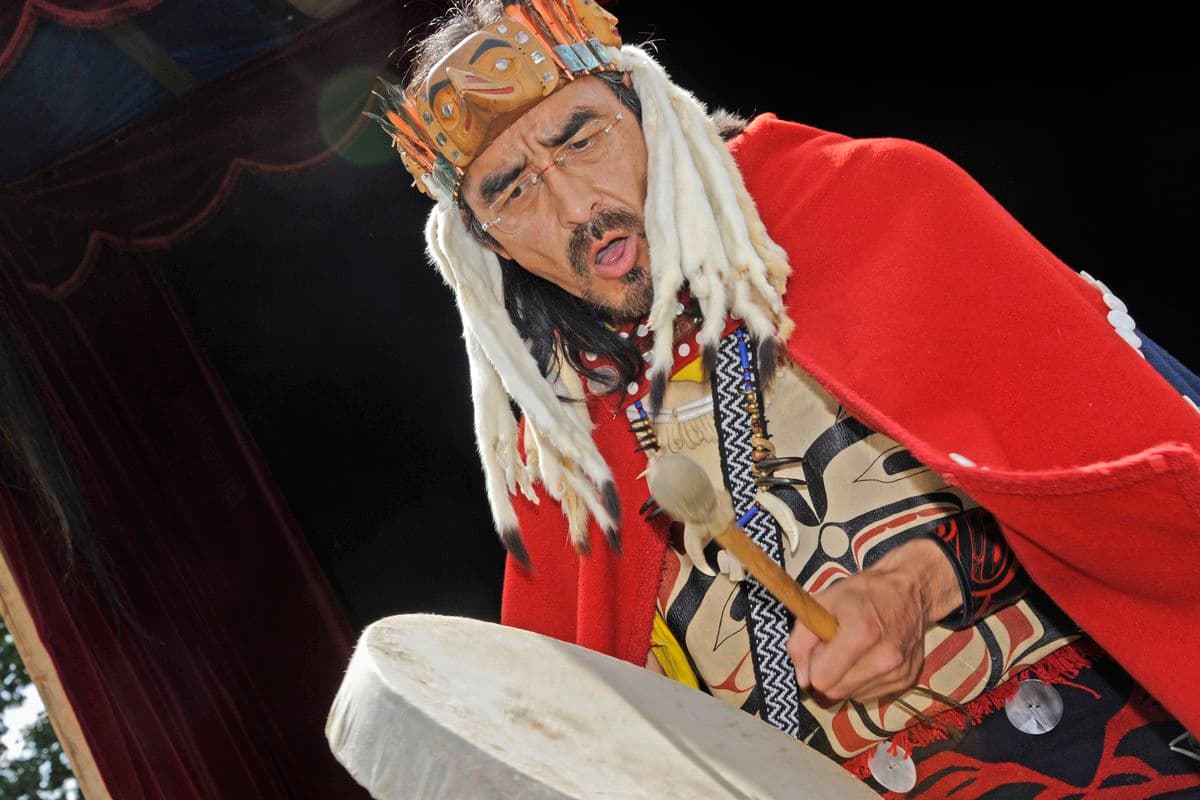
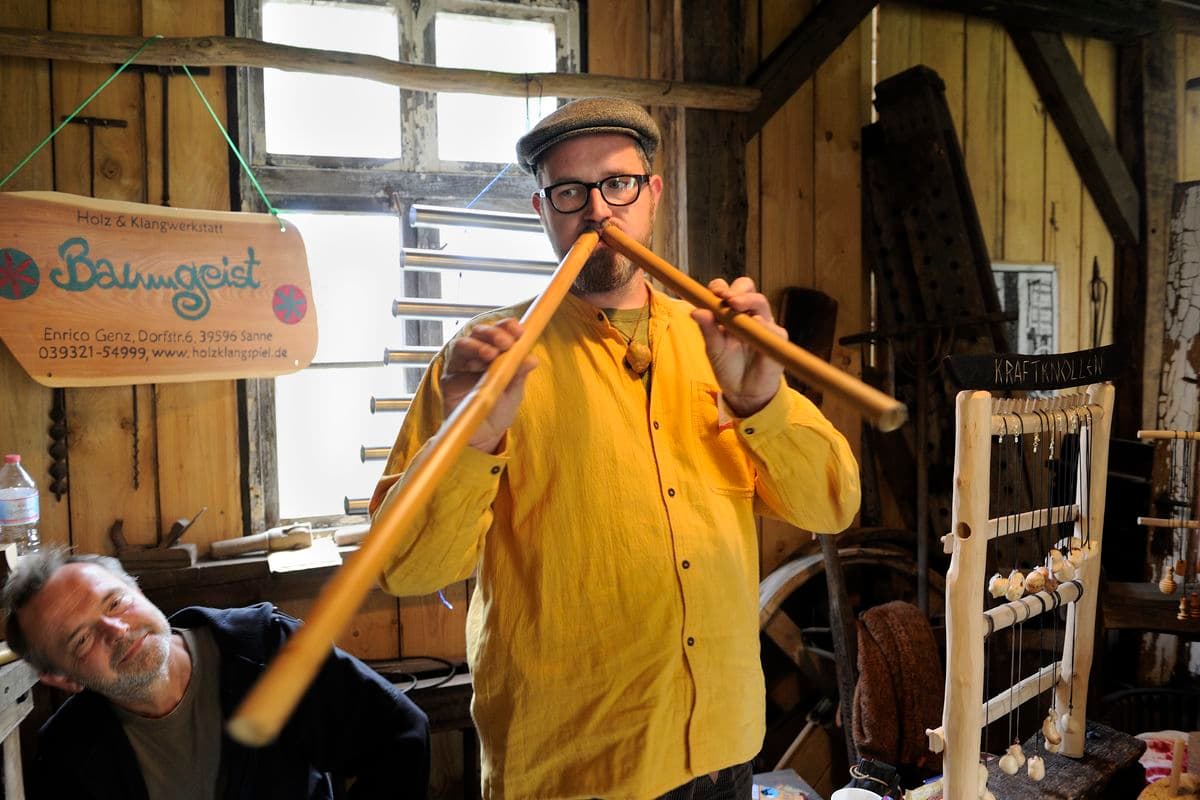
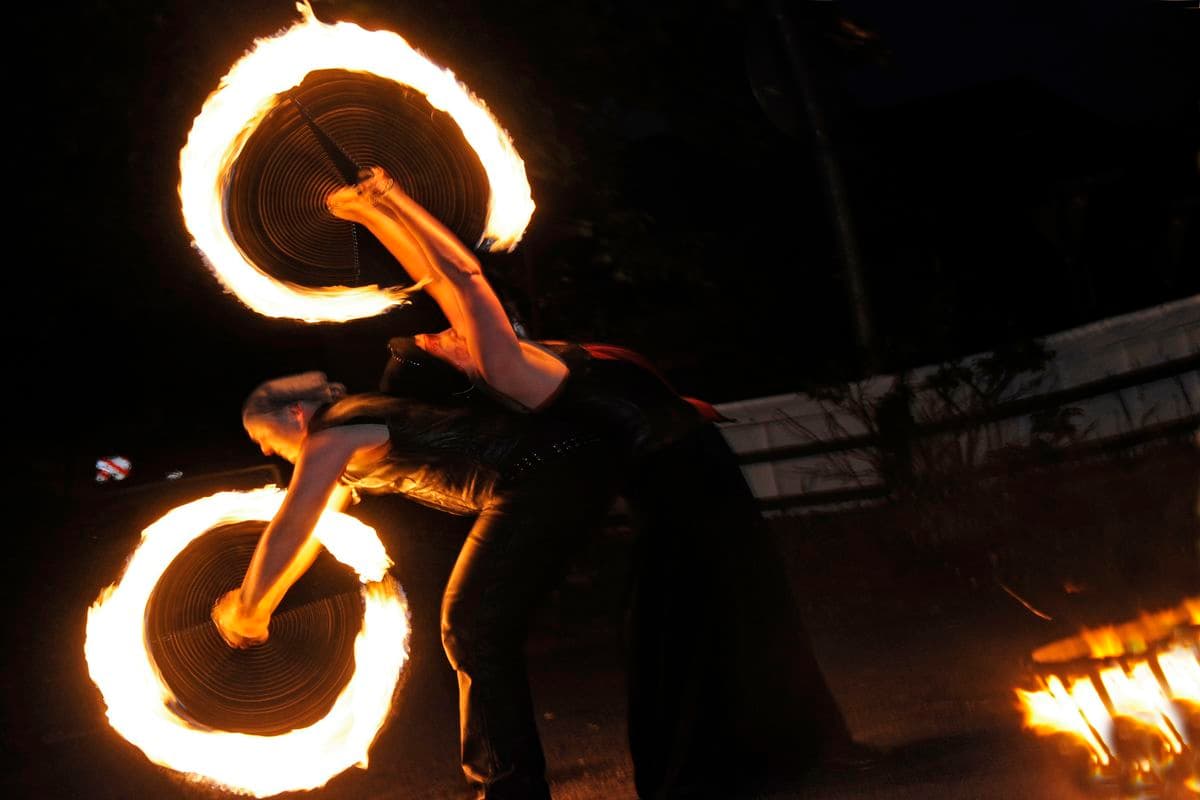
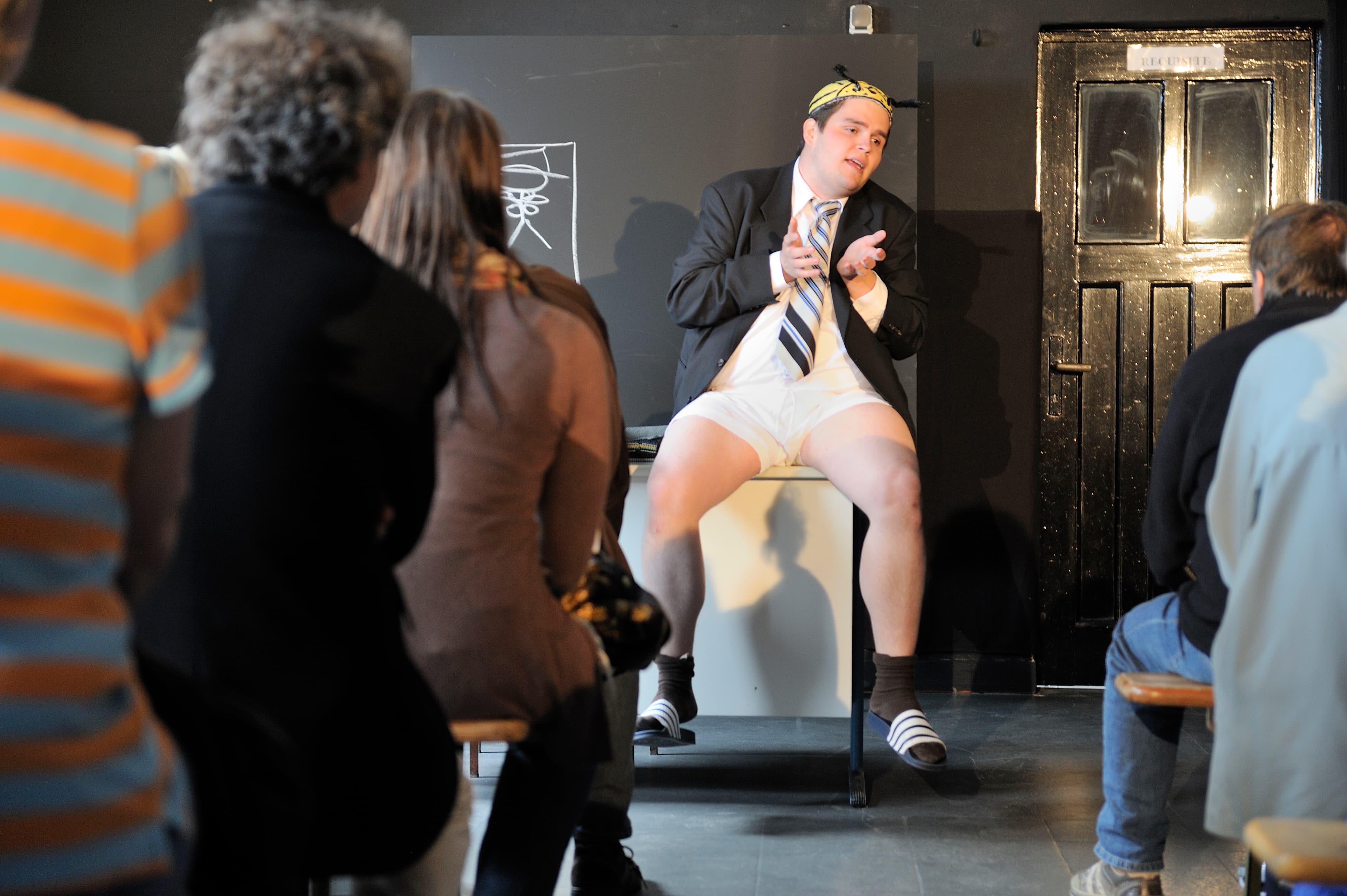
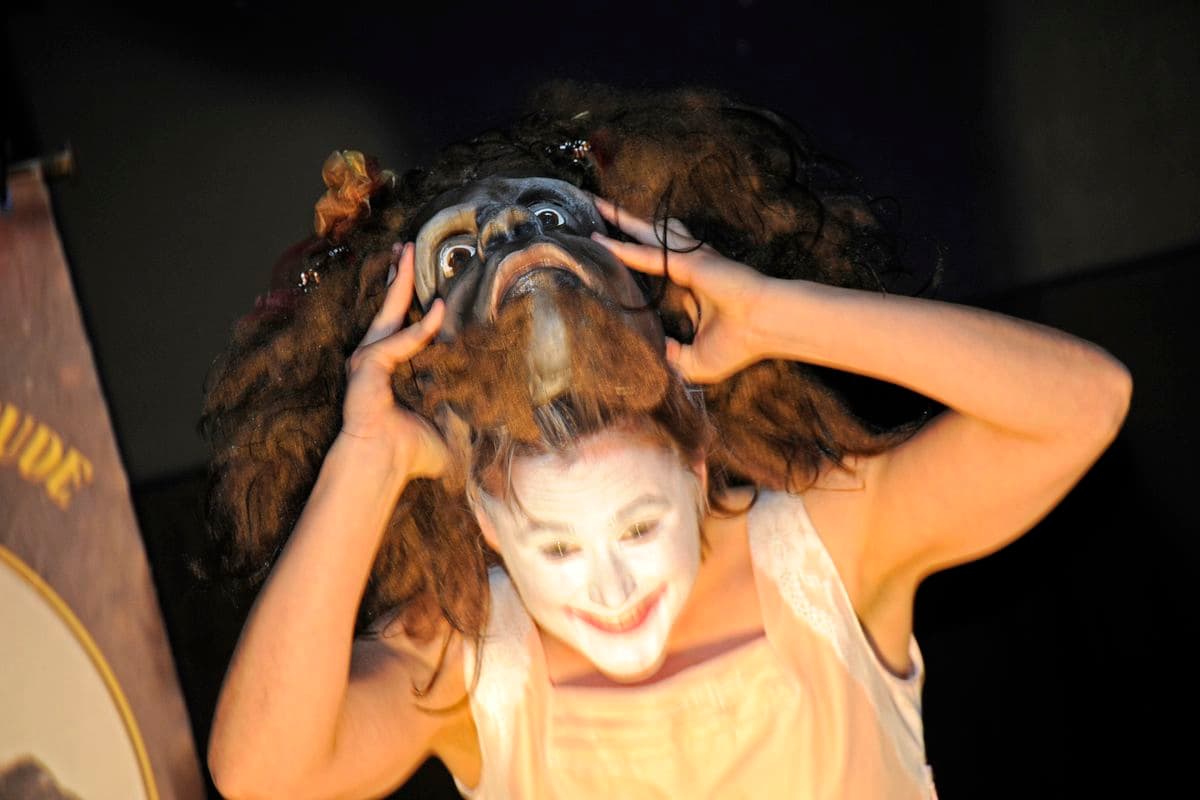
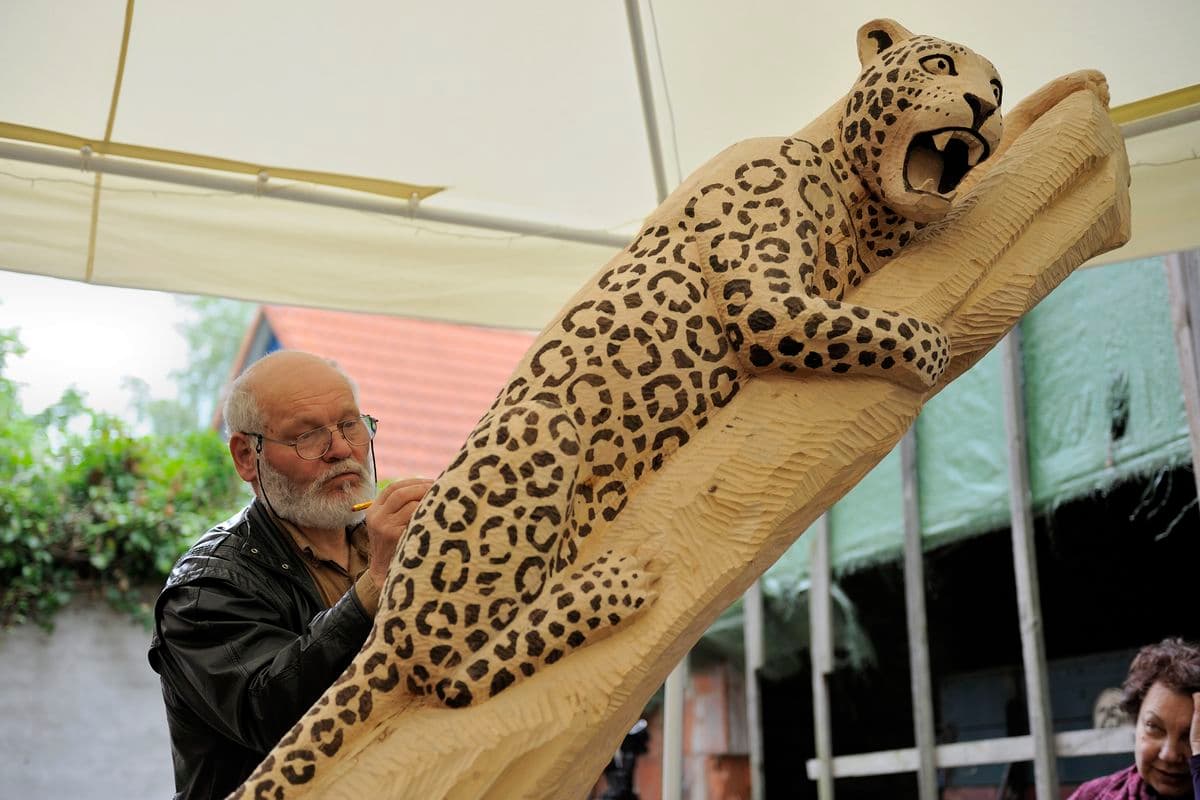
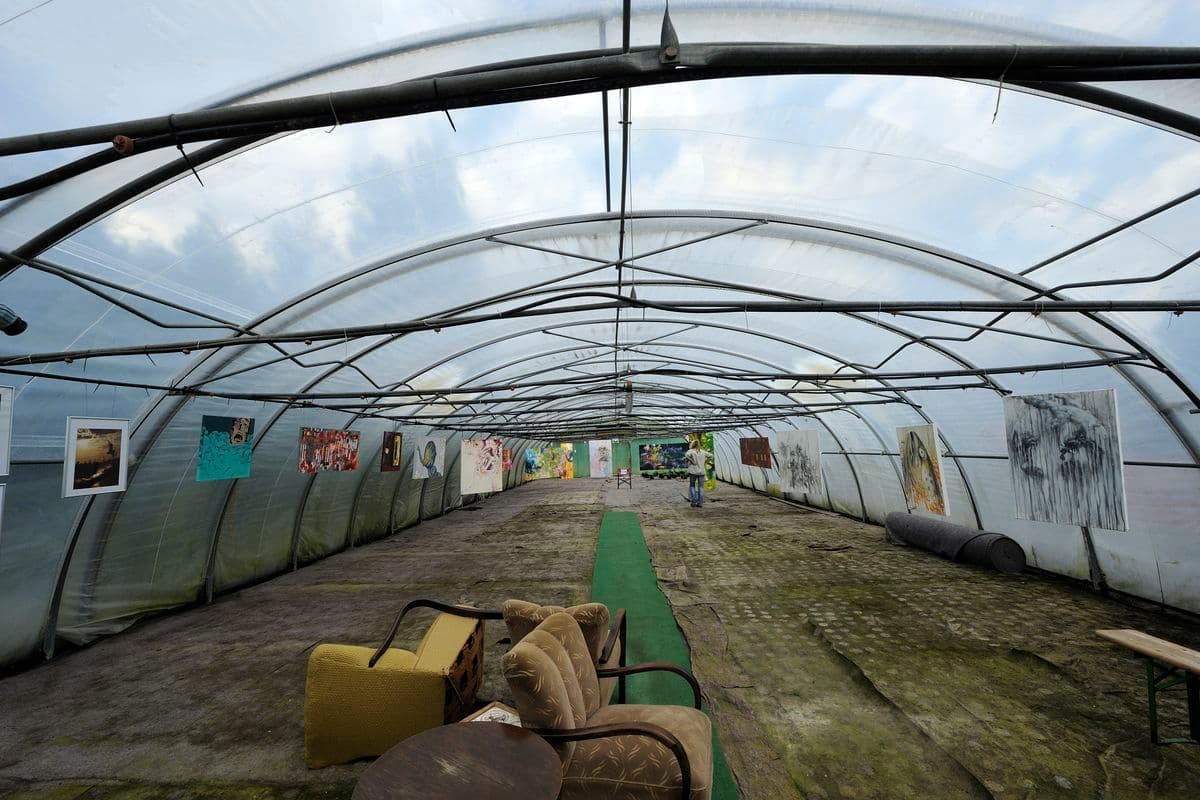
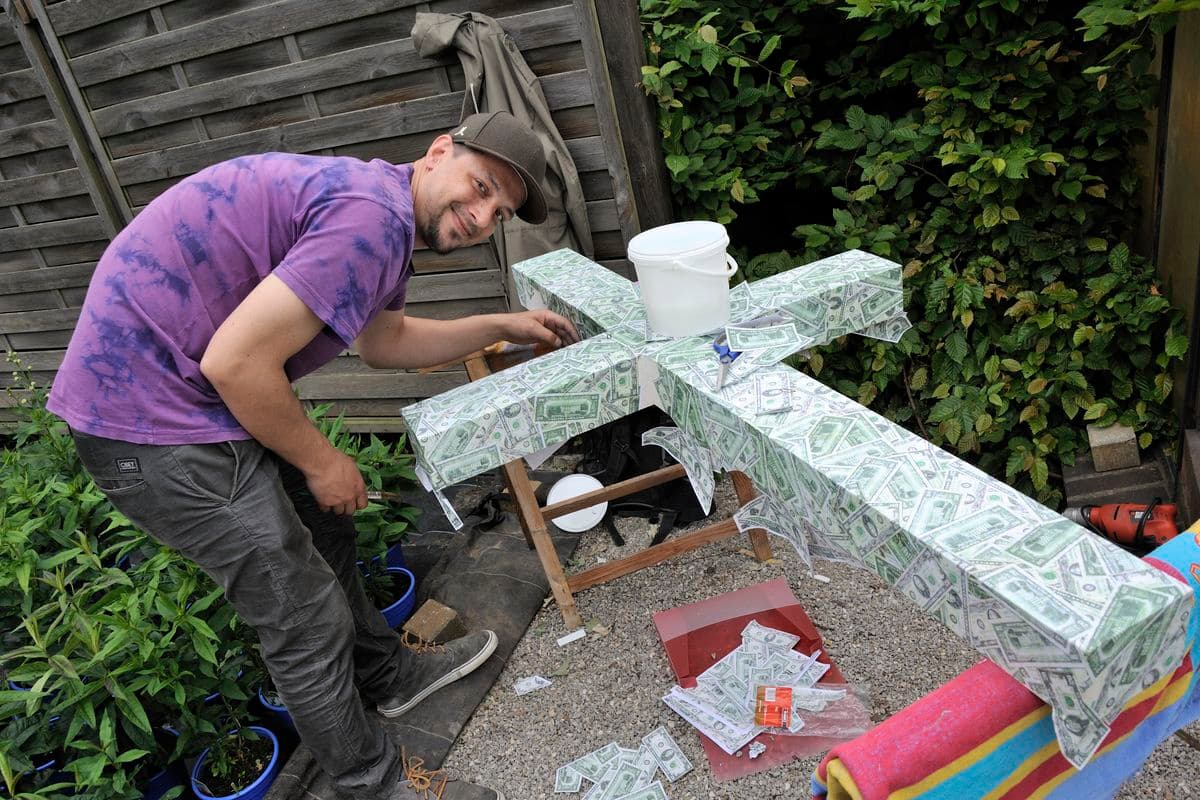
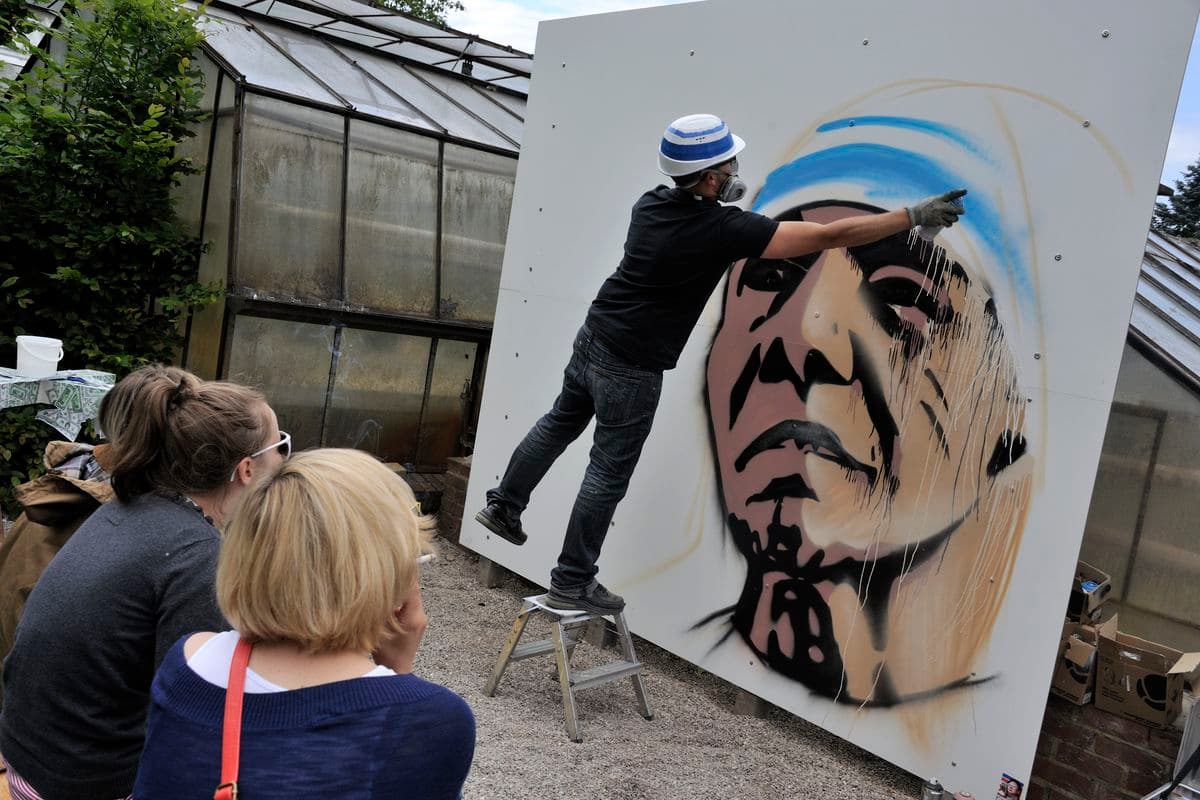
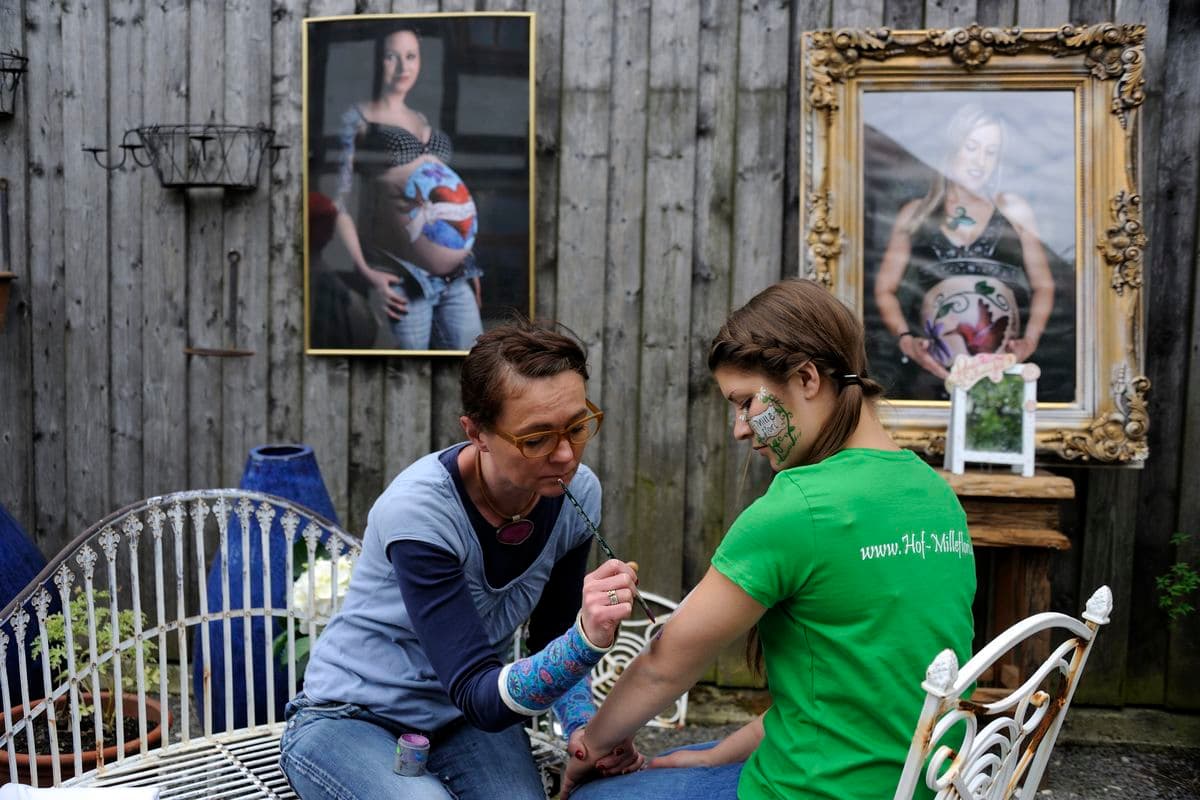
Einmal im Jahr heißt die Kunst- und
Kulturmetropole der Region Bröckel. Immer am zweiten Wochenende nach Pfingsten ist
die Samtgemeinde Flotwedel im Landkreis Celle ausnahmslos auf den Beinen.
Alle
mischen mit. Dörfer vernetzen sich. Ställe werden zu Galerien, Höfe zu
Skulpturenparks, Scheunen zu Museen. Kunsträume stehen im regen Austausch, selbst
international wachsen die Kontakte.
Ohne politische Botschaft, aber mit Ideen, einem wachsenden Künstlerpool und jährlich steigenden Besucherzahlen zieht die FlotART immer größere Kreise – fast wie die „kleine Schwester von Wendlands Kultureller Landpartie“. Jedes Jahr laden Höfe, Scheunen, Gärten und magische Orte im Celler Land zu einem Fest für Kunst und Design, zum Anfassen und Mitmachen ein. Rote und orangefarbene Finger weisen Gästen der kulturellen Großveranstaltung den Weg, auch hinein in den Park des Zisterzienserinnenklosters Wienhausen. Dort winkt wirkungsvoll wehendes Bunt. „Fahnenfluchten“ nennt die Weilheimer Künstlerin Beate Oehmann ihre Installation – nach der Designmesse in Mailand eine neue Herausforderung. Die übergroßen, farbgrell flatternden Fahnen zaubern ganz neue Blickachsen in den friedvollen Park. Irritiert schaut man in Wipfel und Wasserbilder. Es ist Sonntag. Hell ertönt die Glocke der Wienhäuser Kirche St. Marien und die Sonne hüpft übermütig über historisches Kopfsteinpflaster.
FlotART: auch ein Fest für Kinder
Jannis (2) und Schwester Charlotte (4) aus Nienhagen spielen im Beisein der Eltern mit einer tiefer hängenden Fahne fröhlich Fangen. „Das ist genau das, was wir uns vorgestellt haben“, freut sich Cornelia Günther, Vorsitzende des Vereins FlotART – Kunst und Design im Flotwedel e.V. „Interaktion. Kinder, die nach den Fahnen greifen.“ Die Idee der Künstlerin: Unter dem Einfluss von Wind und Wetter entsteht ein temporäres Kunstwerk mit Eigendynamik. Mal wirkt es poetisch im Wind, mal bedrohlich im Sturm. „Eine Landschaft, so ‚bestückt’, verändert ihren Charakter“, meint die Künstlerin Beate Oehmann. „Zeitweise wird sie eine Kulturlandschaft. Die Fahnen verändern das Bewusstsein von Raum“.
FlotART: Kunst zum Anfassen
Das
Eintauchen in neue ErlebnisRäume, die Beschäftigung mit Musik, Tanz und
Heraldik ist auch Inhalt des interdisziplinären Bildungsprogramms, welches die
Installation begleitet. „Gemeinsam mit dem Familienzentrum KESS Wienhausen bieten
wir kreative Kunst-Mitmachaktionen an“, sagt Cornelia Günther. „Ganz im Sinne
von FlotART. Kunst zum Anfassen, nicht Kunst hinter Glas und Edelstahl.“
Weitere FlotART-Eckpfeiler seien Vernetzung, Internationalität und Kooperation. So war bei der FlotART 2011 der indianisch-kanadische Künstler Ed E. Bryant zu Gast. Mit ihm fanden im „Antikhof Drei Eichen“ Holzbildhauer-Workshops statt, bei denen der in Österreich lebende Künstler mittels Masken, Totempfählen, Tänzen und Legenden die Kunst und Kultur der Tshimshian-Indianer in British Columbia nach Bröckel brachte. 2012 wirkte zum ersten Mal das Celler Schlosstheater mit und präsentierte im „Theaterstützpunkt Alte Backstube“ das Kafka-Stück „Die Verwandlung.“
Unwillkürlich fällt einem Wendlands „Kulturelle Landpartie“ ein. „Sie ist schon eine Art Vorbild für uns“, meint Cornelia Günther. „Wir lassen uns inspirieren, kopieren aber nicht. Wir wollen uns auf das Flotwedel beschränken. Die Region ist reich an dörflichen Schätzen: landschaftlich, architektonisch und an Menschen, die sich von der Umgebung angezogen fühlen.“ Diese Schätze miteinander zu vereinen und in einem fröhlichen Kunstfest zu verbinden, das sei die Idee der FlotART, welche bereits im ersten Jahr ihres Bestehens Besucher aus ganz Norddeutschland angezogen hat.
„FlotART,
das ist ein ‚Volksfest der Kunst’, worin Besucher und Kunstschaffende ein
einzigartiges Forum vor ländlicher Kulisse finden“,
bringt es Torsten Laskowski
als Initiator und Veranstalter auf den Punkt. FlotART hebe das kreative
Potenzial der ganzen Region. „Kunst- und kulturinteressierte Menschen unserer
Samtgemeinde wirken zusammen und erschaffen in einem Prozess des ‚offenen
Werdens’ ihr einzigartiges Kunst-Event.“ Die Einwohner öffnen die Tore. Profane
Gebäude werden zu „Kunst-Räumen“, in denen Künstler ausstellen und werkeln. Die
Kunst wird zum verbindenden Element der Dörfer des Flotwedels. „Interessant für
mich ist, dass ich den Außenraum mitgestalte, anders als in Galerien“, schätzt
die Malerin Dorle Severit aus Bröckel die Kooperation.
„Die FlotART hat an überregionaler Bedeutung gewonnen, ist bei vielen Besuchern fest im Jahreskalender notiert“, freuen sich die Veranstalter. Das verdankt der Verein stark den Sponsoren. So bietet FlotART viel Raum für soziales, finanzielles oder werbliches Engagement.
Von Jahr zu Jahr wächst die FlotART
Die erste FlotART-Veranstaltung fand 2010 statt. Ideengeber war Wolfgang Raschke, Inhaber der Schmuckmanufaktur. Torsten Laskowski war gerade auf den Hof „Drei Eichen“ in Bröckel gezogen. Nach dem verebbten Atelierwochenende füllte man ein Kunst- und Kultur-Vakuum. „Wir haben die kulturinteressierten Menschen um uns geschart“, erinnert sich Cornelia Günther. „Im zweiten Jahr wurde der Verein gegründet, in Steffis Tanke, bei Korn und Pommes.“ Die Zahl der beteiligten Künstler und Kunsträume wächst von Jahr zu Jahr. Schon nach zwei Jahren hat man im Dorf keine Unterkunft mehr bekommen. 120 Künstler aus ganz Deutschland nahmen teil. 120.000 Zugriffe hatte die FlotART-Website.
Vom
Klosterpark Wienhausen am idyllischen Mühlrad vorbei geht es zum Kulturhaus der
Klostergemeinde Wienhausen, das sich
neu etabliert hat und ebenfalls ein FlotART-Kunstraum ist. Über das Kultur-Event
hinaus war hier 2012 die Ausstellung „Jazz on Stage“ mit Gemälden und Fotografien
von Jens-Christian Schulze und Jürgen Born zu sehen. „Das ist wunderbar“,
schwärmt Cornelia Günther. „Mittlerweile sind wir eine richtige
FlotART-Familie“.
Ein wenig mutet Bröckel mittlerweile wie ein kleines Kunstdorf an, nach dem Motto „Worpswede war gestern“. Daher wohl zog es den Galeristen Hans Erhardt Wobbe aus Wielenbach hierher. Im Rahmen von FlotART, dessen Künstlerischer Leiter er seit 2012 ist, etablierte er sein Konzept Wohnen und Arbeiten und setzt sich für die Förderung junger Künstler ein. Er ist Besitzer des Kunst Hauses Alte Schule Bröckel. Nach 30 Jahren als Ostpreuße in Oberbayern hatte er neue Perspektiven gesucht.
In Braunschweig geboren und aufgewachsen zog es Godiva von Freienthal nach 21 Jahren Bremen und Berlin zurück nach Niedersachsen. Zunächst als Diplom-Kunsttherapeutin in der Altenarbeit und als Ausstellungskuratorin tätig, arbeitete sie erst parallel, bald hauptberuflich als Freie Künstlerin. Eine Ausstellung von ihr in Wobbes „H.E.W galerie wielenbach“ gab den Anstoß zur gemeinsamen Suche nach einem passenden Ort. Ihn fand man in der ehemaligen Schule. Mitte 2011 dann wurde das Projekt „Kunst Haus Alte Schule Bröckel“ geboren. Liebevoll renovierte Wohnungen mit dem Charme der 50ziger Jahre und helle Ateliers in den einstigen Klassenzimmern verhießen ein kunstvolles Miteinander. Mit der FlotART 2011 ging es erstmals an die Öffentlichkeit. 2012 war man wieder dabei: von Freienthal, das neue Mitglied Hans Jürgen Weber aus Braunschweig, Architekt und Bildhauer, sowie Künstler aus Hamburg und Hannover. Stephan Sowa, Restaurator aus Celle, ist eine neue Atelier-Bereicherung.
Von Freienthal, die sich Kunstschaffende nennt, stellte 2012 ihr „künstlerisches Chaos“ aus. „Kunst zu machen ist eine meiner Sprachen. Medienübergreifend“. Neben der Malerei arbeitet sie mit Performances und Raum-Installationen. Spannend findet sie die Kopplung ihrer Performance „Was von ihr ist“ mit Oehmanns „Fahnenfluchten“. Zehn Frauen und Bilder von Unterkleidern reihen sich ein in ein Thema, das von Freienthal seit langem beschäftigt. „Ich identifiziere mich nicht mit Werk und Wirken männlicher Künstler, sondern mit dem der Frauen“. Dass Oehmann ihre Fahnen im Klosterpark „Windsbräute“ nennt, spiele ihren Ideen in die Hände. „Man stößt im Zisterzienserinnenkloster auf eine geballte Ladung Weiblichkeit“.
"Wachsende Kunstwerke" auf der FlotART
Einen Ort weiter, in Langlingen-Wiedenrode, bringt sich der Hof MilleFlori mit einem wachsenden Kunstwerk in die FlotART ein: 2011 mit einem Kräutergarten, 2012 baute man einen Lehmbackofen. Ein Landschaftskunstwerk schwebt den Hofbetreibern vor. „Schön“, findet Cornelia Günther diesen FlotART-Beitrag. „Wir hatten immer die Idee, einen Hof oder eine Gärtnerei so umzugestalten, dass ein Park entsteht, der für die Öffentlichkeit zugänglich ist“, verrät Patricia Mordaß, die den Hof, das zweitälteste Gebäude des Ortes von 1886, 2005 mit Mann Mario erwarb und restaurierte. „Die Außenanlage war uns damals nicht wichtig. Nun sehen wir es als Kunstobjekt, sie zu gestalten, als Gartenkunst.“ 2013 machte man wieder mit, mit einem Staudengarten in Fächerform und den Farben des Regenbogens. Auch wären da ein Berg mit Schwimmteich und Amphitheater für Konzerte, ein Ruinenbau, eine Savannenlandschaft mit Indianerzelt und ein Frühlingshain. „Es ist wundervoll, seiner Arbeit ein Gesicht zu geben.“
Die
Ideen sprießen. Die FlotART-Veranstalter
reden von Modenschau, Bildhauer-Symposien, ständigen Windobjekten und ganz viel
Utopie. „FlotART ist keine verschnarchte Kiste, wo man Serviettenhalter
ausstellt, kein Gemäldebasar“, sagt Cornelia Günther. „Wir haben deutlich mehr
zu bieten.“ „Wichtig ist, dass wir immer genug neue Ideen im Pool haben. Denn
das ist der Grundsatz:
"Wir wollen uns jedes Jahr neu erfinden.“
Erfahren Sie mehr zur FlotART, ein kleiner Film gibt Ihnen ganz besondere Einblicke in das Kultur-Fest im Flotwedel.

